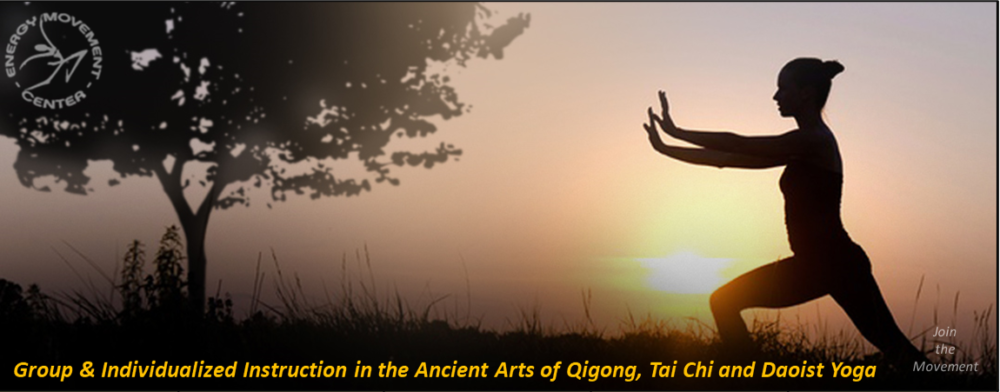If you haven’t been to Ella’s 10 am Friday morning class at EMC, I encourage you to take this class. Ella teaches a style of yoga called Jivamukti which is basically yoga that connects us to the Earth.
Those new to yoga – and many seasoned yogis – are probably familiar with chanting an Om or two at the beginning or end of class. Some people don’t care for this aspect or even shy away from yoga because of this. At its essence, however, it is a powerful unifying aspect – more like singing a hymn in church or a cheer at a major league sporting event. Simply put – it creates community.
Ella begins her class with a Sanskrit chant in a call and response format. Without delving deep in yoga philosophy, the Sanskrit language is directly related to the vibration and tonal sounds of the subtle energy it represents. Understood as such, chanting can be seen as a tool to invoke the meaning of the words – somewhat like creative visualization with sound. By beginning with a short chant in class, the subtle energy of each individual has already begun to change before students get into the more familiar and understood energy of asana (the physical posture) aspect of yoga practice.
After chanting and pranayama (breath work) the class moves into to a vinyasa flow and Ella guides her class well. Yoga instructors make assists according to students needs. Sometimes it’s alignment – what the student can’t detect themselves , sometimes it could be to show the student how much more is possible – even though their own muscles or mind can’t take them there yet and other times it to let you know you are on the right path. Ella is confident with her assists and in tune with each of her students – if you are uncomfortable, opting out of being assisted is always an option.
Though Ella’s class and style might be just a little be different than what you are used to in your regular practice, she comfortably brings in an awareness to your own sound energy.
Yoga
Fridays 10a-11:15a
